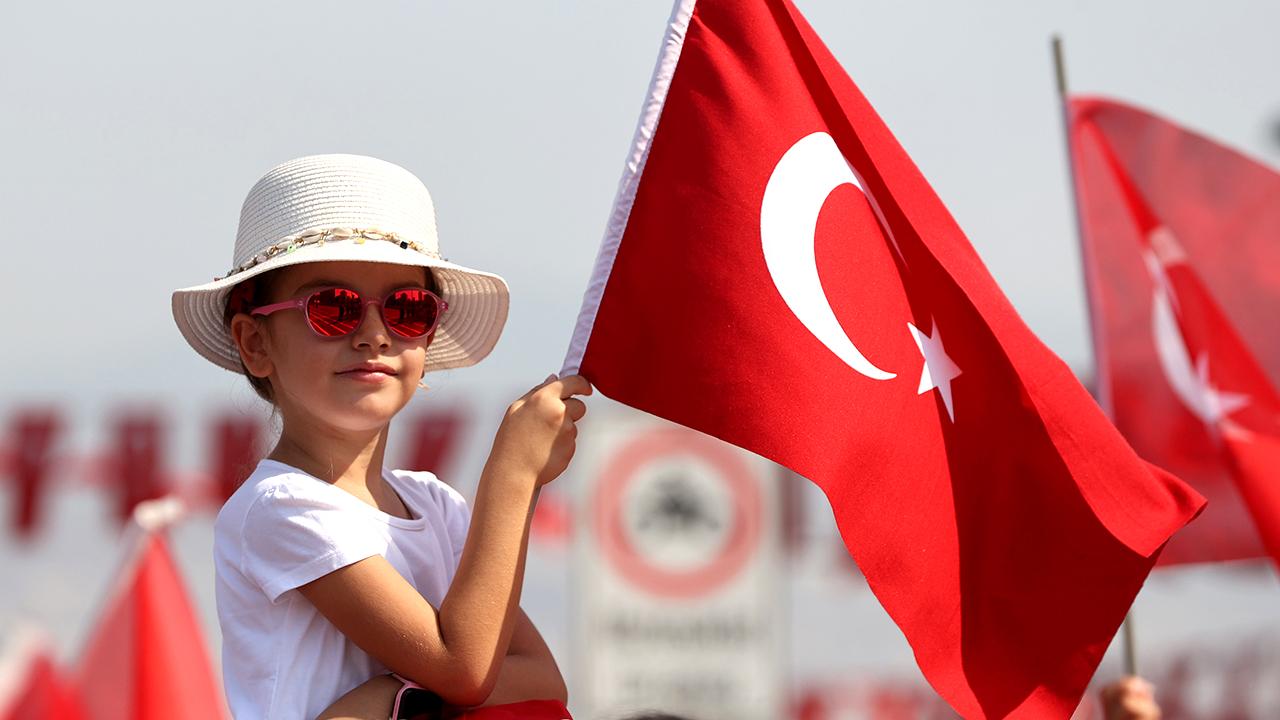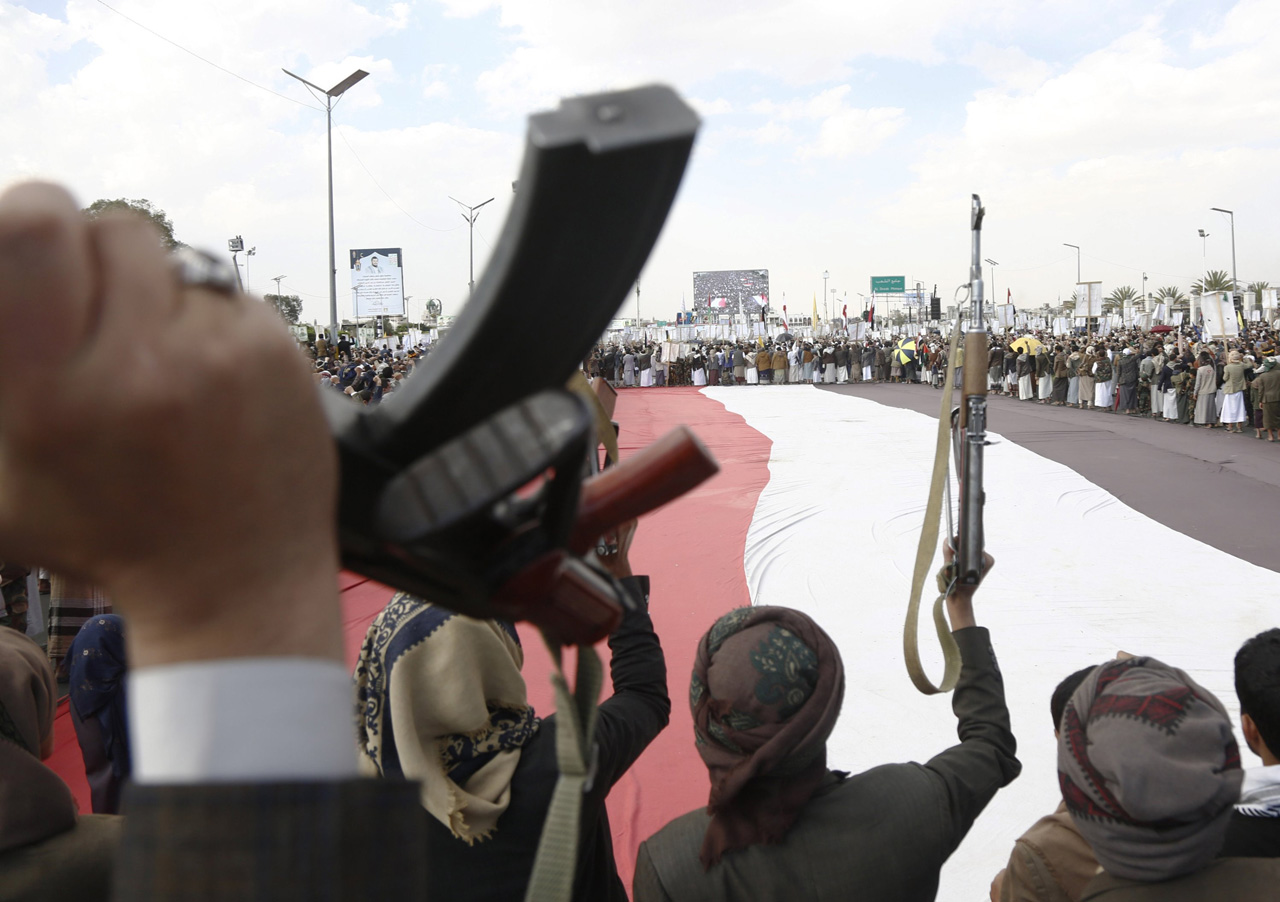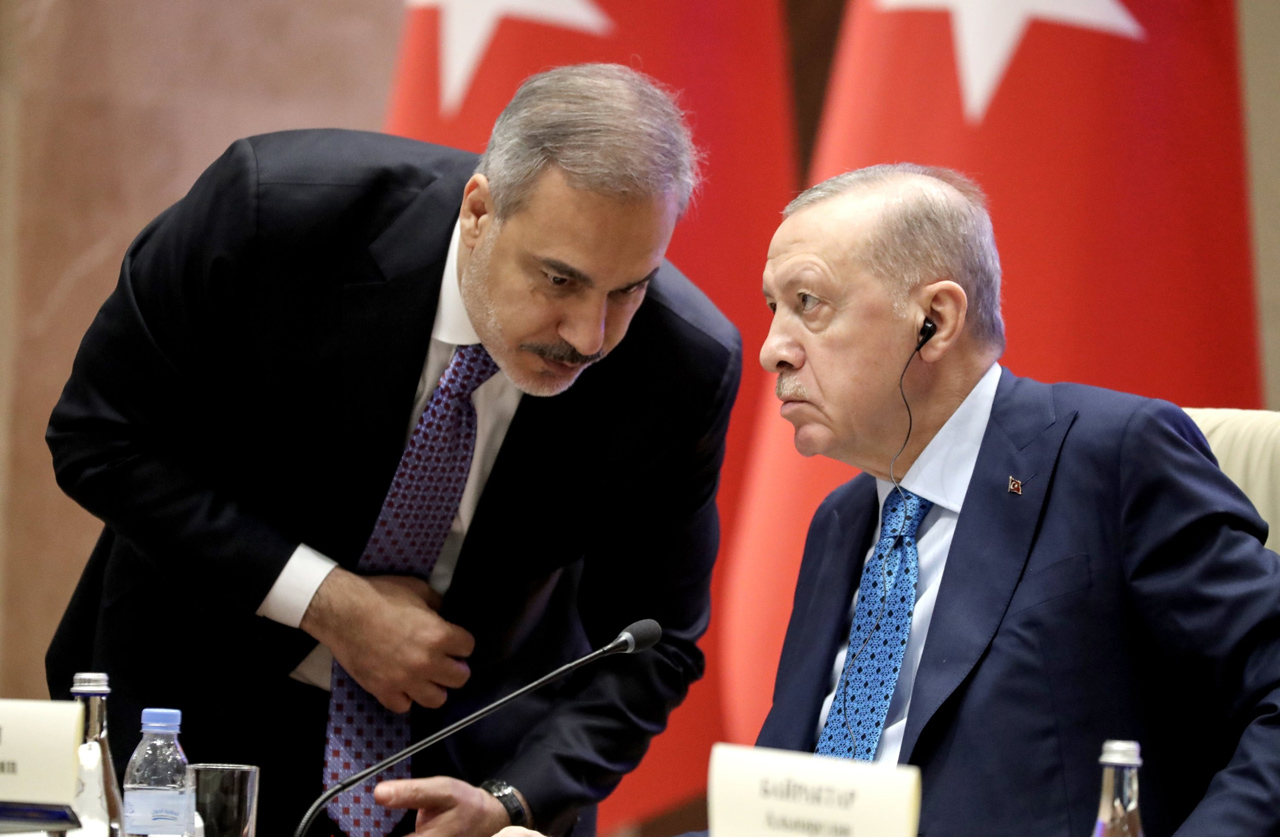The 20th century did not start off well for the Ottoman Empire. The expansionist states of the period saw the Ottoman Empire, which they described as the “Sick Man of Europe,” as a country whose resources and territory were to be shared.
In 1923, Turkiye had won the War of Independence on the military front, but it was vulnerable to new threats from outside as it was not among the economically and militarily powerful actors in the international political system established after World War I. In addition, the Ottoman Empire was among the war’s defeated states and suffered great territorial losses, forced to give up many regions with rich economic resources, notably energy.
The newly established Republic had a population of 12.5 million, a GDP of $561.4 million, exports of $51 million, and imports of $87 million. (Table 1) With these indicators, the new Republic, whose share in the world was insignificant, directly neighbored Britain and France, the major power centers of the period, via Iraq and Syria, which were under their tutelage.
Via the Dodecanese, Turkiye neighbored Italy, which had declared fascist rule with Mussolini’s rise to power in 1922 and did not hide its expansionist ambitions by calling the Mediterranean “Mare Nostrum” (Our Sea). Turkiye was also neighbors with the Soviet Union, another important state of the time, via the Caucasus. Under these circumstances, Turkey, surrounded by threats on all four sides, had to increase its economic and military capacity rapidly while pursuing a policy of balance through successful diplomacy in order to eliminate the risks of its relative weakness.
TABLE 1: TURKEY’S POPULATION AND BASIC ECONOMIC INDICATORS IN THE PERIOD 1923-1960
| |
Population
(Thousand) |
GDP
(Million Dollars) |
Export
(Million Dollars) |
Imports
(Million Dollars) |
| 1923 |
12.475 |
561 |
51 |
87 |
| 1925 |
13.007 |
832 |
103 |
129 |
| 1930 |
14.448 |
751 |
71 |
70 |
| 1935 |
16.046 |
1.027 |
76 |
71 |
| 1940 |
17.723 |
1.808 |
81 |
50 |
| 1945 |
18.644 |
4.139 |
168 |
97 |
| 1950 |
20.809 |
3.454 |
263 |
286 |
| 1955 |
23.859 |
6.824 |
313 |
498 |
| 1960 |
27.509 |
9.215 |
321 |
468 |
Source: Ekrem Pakdemirli, Numerical Outlook of Our Economy, Milliyet Publications
An analysis of economic data from 1940 reveals that Turkiye did not make significant progress in increasing its power, and that its foreign trade volume remained at a similar level to that of 1923, despite nearly tripling its GDP in the ensuing 17 years. In this period, the share of European countries in Turkiye’s foreign trade was more than 60%, indicating the weight of Europe on Turkish foreign policy...
Read more on
Politics Today:
100 Years of the Republic of Turkey: Turkiye’s Standing in the International System
[Politics Today, October 29, 2023]







